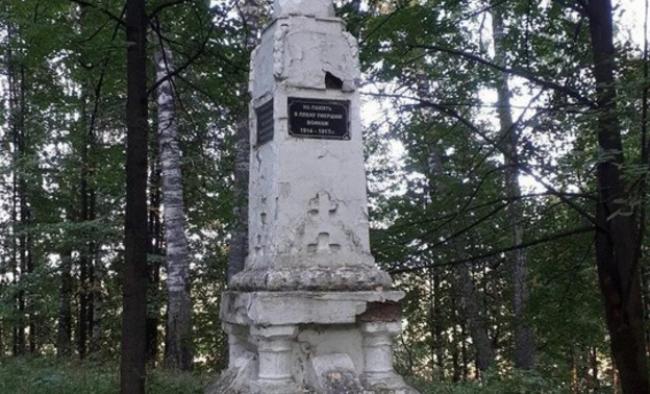The research archaeological laboratory of Vyatka State University (Vyatka State University) will start studying the 18th-first half of the 20th-century necropolis in Slobodskoye in April, RIA Novosti reported, citing confirmation from the press service of the university.
The pre-revolutionary Russian necropolis is a conglomerate of unknown elements that may be lost in a few decades: information about buried people will disappear, unique examples of copper casting plastic and stone carving will disappear.
According to Aleksey Kaisin, head of the archaeological research laboratory of Vyatka State University, the preservation of necropolises and information about them in the cultural space of Russia is the most important task for scientists, since certain features and traits of the urban Russian population are laid down in the burial practice.
In addition, it is necessary to raise the topic of registering the memorial complex as an object of cultural heritage and develop a procedure for filling out the documentation for the object.
- The team of the archaeological laboratory is going to form and test the method of field fixation of tomb crosses. For each object, coordinates will be determined using a GNSS receiver. Based on these data, an overview scheme of the necropolis and the surrounding area will be built in the future. Then the scientists will photograph the crosses using a scale rail and a special white matte screen made of geotextile, which will help simplify the process of further image processing, - writes RIA Novosti.
After that, scientists will measure the height, thickness, width of the cross, the dimensions of each of the crossbars, as well as the sections of the forged rod. So, they will create descriptions of crosses with indications of their origin, purpose, preservation, ornamentation and additional decorative details, the position of the cross - whether it is in its place or moved.
After that, the forms for fixing tombstones prepared by the teacher of the Russian Orthodox University of St. John the Evangelist by Denis Pezhemsky, and using photogrammetry to create their three-dimensional digital twins.
Among the main tasks:
- to check the possibility of setting necropolises under protection as objects of cultural heritage (attractions);
- to try, by means of visualization and 3D modeling, to preserve the tomb structures of the late 18th - early 20th centuries for posterity;
- draw up various maps of burials, types of monuments and determine their artistic, philological and historical significance.
– This work will help to introduce into scientific circulation a large layer of material for research related to Orthodox funeral rituals and the rite itself, with cemetery structures and architectural details. Also, the archaeological study of cemeteries will help make decisions about the possible development of the territory, the university is sure.
kirov-portal.ru

